Looking to make procurement cost savings? Addressing your existing procurement inefficiencies is an excellent place to start. After all, the best way to tighten up your processes and boost your bottom line is to identify and improve the current procurement protocols that may be costing you money. In this post, we’ll run through ten clear signals that your procurement processes could do with a little help, as well as outline some of the procurement best practices that should have a noticeable impact on your bottom line.
You’re Overspending
Is the percentage of the total budget you’re allocating toward procurement in line with industry standards? While there’ll always be fluctuations depending on location, services offered, and size of the company, if you’re spending significantly more than others in your industry, then it’s a sign that you’re wasting money. Learning how to optimize purchasing so you pay lower rates without any loss of quality is key to bringing your procurement costs down.
Time-Consuming Processes
Efficient procurement processes ensure you have as much time as possible to spend on value-adding tasks. If you’re still using outdated processes, then it’s time to speed up your procurement. Using solutions such as eParts Services ensures you can quickly order the parts and tools you need, allowing you to focus on your core responsibilities.
Consistent Supplier Delays
Waiting longer than necessary for your parts to arrive can lead to delays, customer complaints, and other factors that can impact your ability to deliver quality service. The solution to this issue is to expand your supplier network so that you’re not overly reliant on a single supplier. At eParts Services, you can find tools from a range of vetted suppliers.
You Have an Ad-Hoc Approach to Procurement
In a competitive landscape where every dollar counts, taking an unsophisticated approach to procurement can result in significant overspending. Instead of taking an ad-hoc approach to procurement in which all employees can make orders from any vendor, look at standardizing your procurement processes. Simply taking charge of your procurement processes can lead to significant savings that can have a real impact on your bottom line.
Lack of Spend Visibility
There’s a chance that you’ll have cost-efficient procurement processes even without having a clear understanding of your procurement spending, but it’ll be much less likely. With procurement profit margins so tight, any unnecessary spending can have a negative impact. Increasing spend visibility, including tracking where and how you’re spending your money, is key for identifying reduction opportunities.
Duplicate Orders
If you’re consistently making duplicate or incorrect orders, then your procurement processes are costing you money. Incorrect orders can harm supplier relationships, reduce productivity, and, in the case where returns are not possible, lead to unneeded inventory. The solution? Have more than one person in charge of approving requests. Duplicate or incorrect orders become more likely when a business doesn’t have a multi-step approval process for procurement spend.
You Ignore Bulk Buying Opportunities
You’ll pay less per item if you buy in bulk. While it’s not realistic — or even recommended — to buy every item you need in bulk, failing to identify bulk buying opportunities puts unnecessary on your procurement budget. It could be an easy way to make savings. It’s also worthwhile looking at joining a buying group, which can offer a range of benefits that include getting more favorable rates.
Rushed Purchases
It’s nearly always possible to get what you need, when you need it — but if you’re purchasing items at the last minute, then it’s likely that you’ll pay a premium price to get goods that would ordinarily be much cheaper. If you’re continually buying things last minute, then improving your procurement forecasting processes will help you to predict demand ahead of time, allowing you to lock advance prices at a more favorable rate.
Poor Supplier Communication
Understanding when the procured product will arrive is essential for planning projects. Without that information, or, even worse, having incorrect information can result in lost productivity, unhappy customers, and poor morale among staff. Ordering from platforms that provide real-time updates on the status and location of your order ensures you can organize your projects efficiently.
You Routinely Return Items
Procurement issues can cost your business money in more ways than one. If you’re routinely receiving items that are poor quality and which have arrived damaged, then you’ll likely be allocating more resources and money than necessary to rectify the issue. Establishing your own quality standards and buying from vetted suppliers can increase the chances of receiving items that are good for your business’s bottom line.
